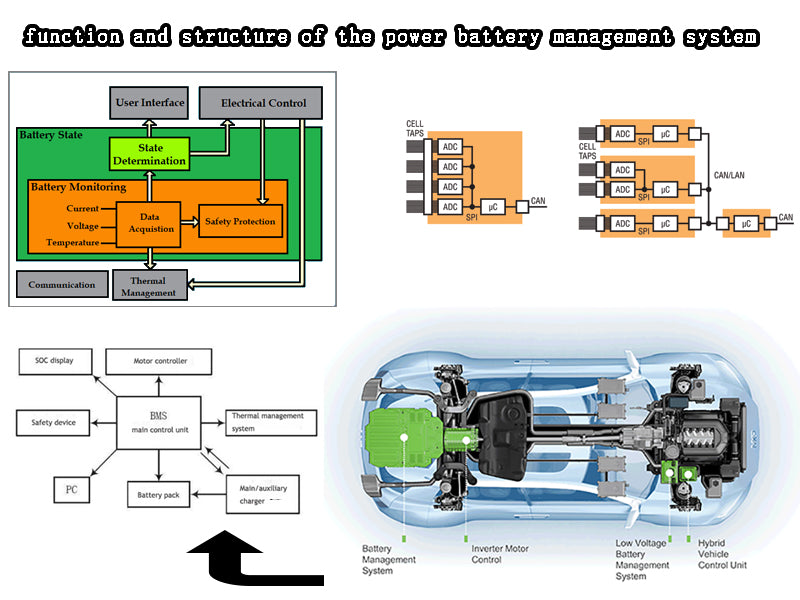
|
Main content: |
In electric vehicles, the battery management system (BMS) has a great impact on the safe operation of the vehicle, the selection of control strategies, the selection of charging modes, and operating costs. Whether in vehicle operation or charging process, the power battery management system must complete the real-time monitoring and fault diagnosis of the battery status, and inform the vehicle integrated controller or charger and other equipment through the bus to take corresponding control strategies. Thereby, the purpose of effectively utilizing the battery performance and ensuring the safety of use is achieved. The main tasks of the power battery management system include: ensuring the safety of battery use, ensuring the service life of the battery, and providing various status information of the battery for the user and the controller as the basis for decision-making. The working conditions of the battery pack vary with the type of vehicle (such as pure electric vehicles or hybrid electric vehicles, etc.), and the functions and parameters of the corresponding power battery management systems also vary.
Figure 1 is a system structure diagram of a pure electric vehicle. The power of pure electric vehicles comes from the large capacity and power of the battery pack equipped with the power battery. When the vehicle is running, the working mode of the battery pack has two modes: discharge and energy feedback, and its charging methods can be divided into two types: on-board charging and ground charging.
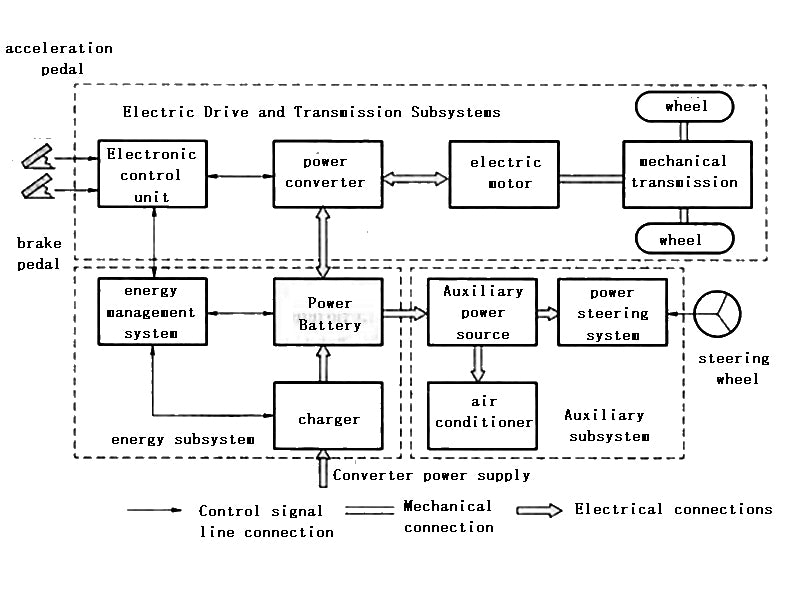
Figure 1 System structure of pure electric vehicle
Figure 2 is a system structure diagram of a hybrid vehicle. Hybrid vehicles have two power sources, electricity and engine. The battery pack has many working modes, including pure electric operation, and charging, discharging and feedback modes in hybrid mode.
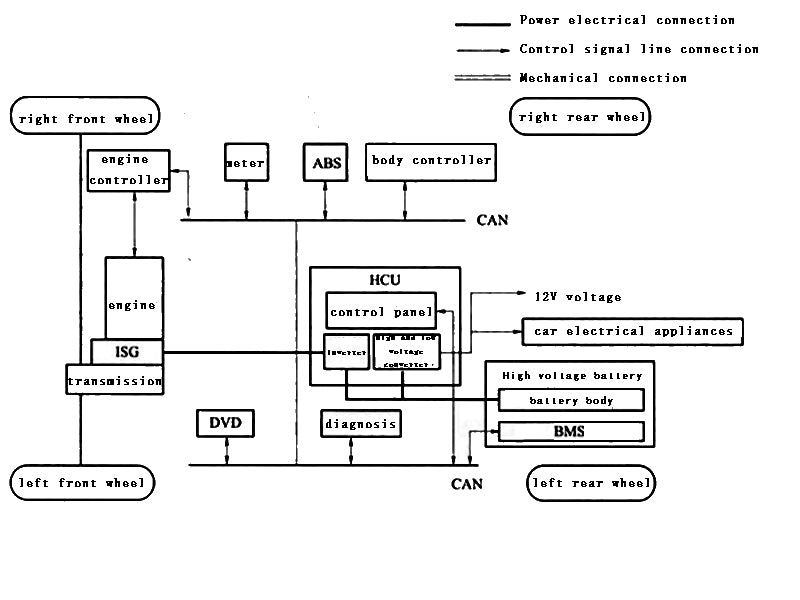
Figure 2 System structure of a hybrid vehicle
1.Function of power battery management system
In order to achieve the management goals of safe and efficient operation of the vehicle and prolong the service life of the battery, the BMS should mainly have the following functions.
(1) Detection of single cell voltage.
Since the performance and state of each battery in the battery pack are inconsistent in use, and the cell voltage and module temperature provide the most intuitive operating state of each battery in the battery pack, it is necessary to measure the voltage and Monitor temperature data, etc. The calculation of the maximum allowable discharge current of the battery pack should use the data of the single cell with the lowest voltage, and the calculation of the maximum allowable charging/feedback current should use the data of the single cell with the highest voltage.
(2) Detection of battery temperature.
The characteristics of lithium-ion batteries are greatly affected by temperature, and the available power and energy of the battery should be differentiated according to the temperature distribution in the battery pack.
(3) Detection of the working current of the battery pack.
The charge/discharge current is the most critical information for SOC estimation for battery performance analysis, and it is also an important basis for energy management by the battery management system.
(4) Detection of the total voltage of the battery pack.
The total voltage can directly reflect the overall state of the battery pack, which is very important for the application and management of the battery pack, and is one of the basic parameters for vehicle control.
(5) Insulation resistance detection.
Since the voltage of the battery pack is generally very high (greater than 100V), if the battery pack has an insulation failure, it will cause harm to the safety of the people in the car. Therefore, monitoring the insulation status of the battery pack in real time is the key to the safe use of the battery and the safety of the people in the car. one of the important ways.
(6) Cooling fan control.
The temperature of the battery's operating environment is controlled by the cooling fan to ensure that the battery temperature is within a safe, efficient and controllable range.
(7) Record of charge/discharge times.
This function is an important basis for battery life and health status judgment.
(8) State of energy (SOH) estimation of the battery pack.
The remaining capacity is an important basis for SOH estimation, and is supplemented by electrochemical parameters.
(9) Estimation of the state of charge (SOC) of the battery pack.
SOC is an important input parameter of the vehicle control strategy, which directly affects the performance of the vehicle.
(10) Battery failure analysis and online alarm.
Fault analysis and fault alarm are important guarantees for vehicle driving safety.
(11) Evaluation of battery discreteness.
Discreteness evaluation of battery is the main reference index for battery maintenance work.
(12) Communicate with on-board equipment.
This function provides the necessary battery data for vehicle control, and the real-time transmission of data to the vehicle controller is a prerequisite for the normal operation of electric vehicles.
(13) Communicate with on-board monitoring equipment.
Sends battery status and battery information to the panel display.
(14) Communicate with the charger.
This function is an important measure and guarantee to realize the safety of the battery charging process.
2.Structure of the power battery management system

The structure of power battery management system mainly has two types: centralized and distributed.
(1) Centralized
The centralized measurement structure conducts centralized measurement of voltage, temperature, current, insulation and communication, etc., and then performs data processing, calculation, judgment and corresponding control in the BMS central processing unit, requiring relatively centralized sampling points, with simple wiring, cost-effective Low and easy to maintain and so on. However, due to the limitation of vehicle body space, power batteries are distributed in different areas in the vehicle body in most cases, and the number of power batteries is relatively large, which brings some inconvenience to related detection, data collection, and transmission.
(2) Distributed type
The structure of the distributed power battery management system consists of a main control module and a detection module, as shown in Figure 3.

Figure 3 Structure of the distributed power battery management system
The main control module is mainly used to uniformly process the battery operating parameters collected by each measurement and control unit, and estimate the state of the battery pack, including the state of charge (state of charge.SOC), the state of energy (state of energy.SOE), and the state of health (state of health, SOH) and state of function (state of function, SOF), etc., provide basic data for vehicle control and charging control, etc., and send control commands to the detection module. Its hardware circuit structure is shown in Figure 4.
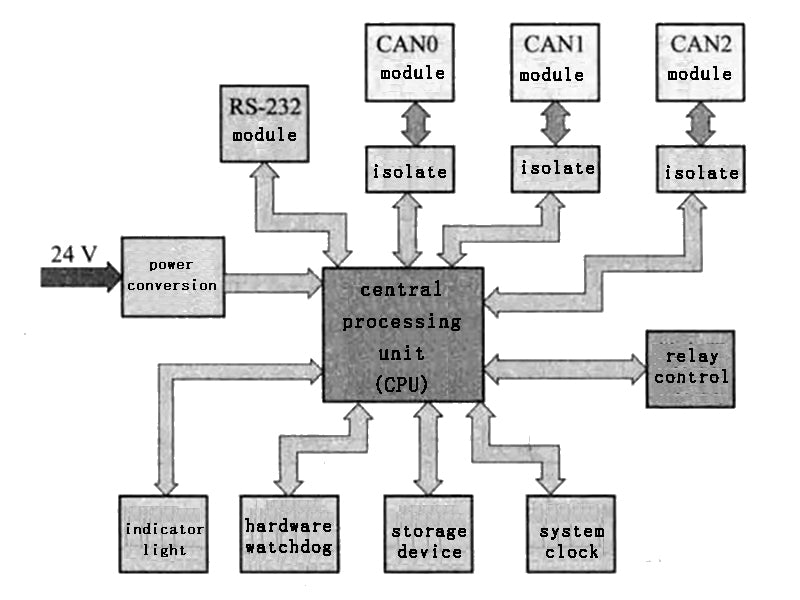
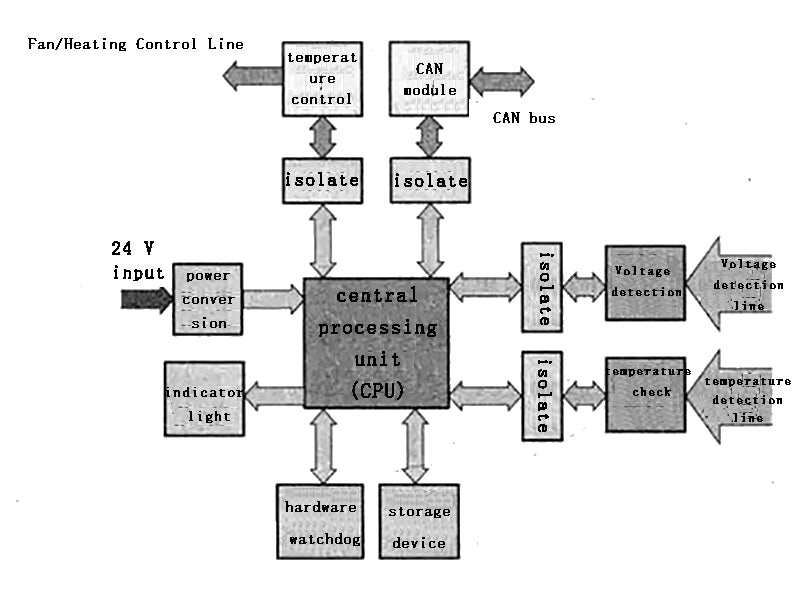
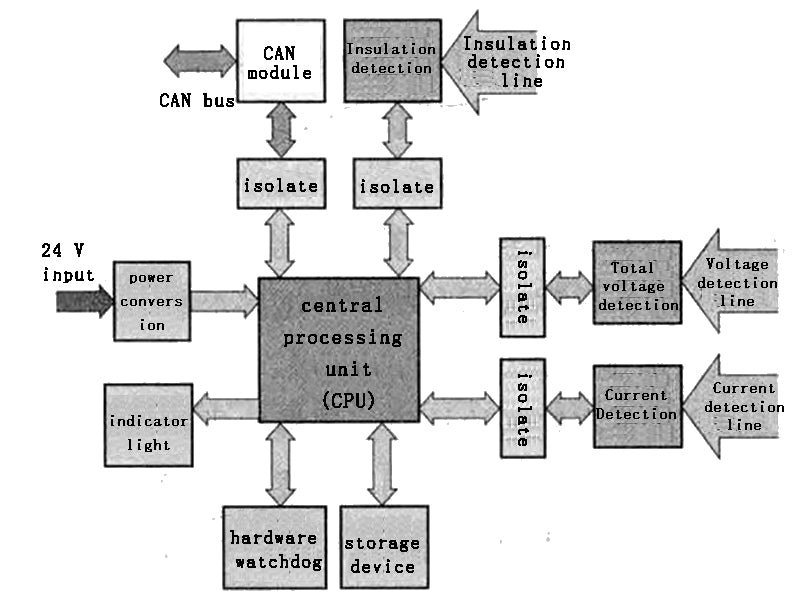
Since the performance and state of each battery in the battery pack are inconsistent in use, and the cell voltage and module temperature provide the most intuitive operating state of each battery in the battery pack, it is necessary to analyze the voltage and temperature data of each battery. are monitored; the charge/discharge current is the most critical information for battery performance analysis and SOC estimation, and is also an important basis for energy management by the power battery management system; the total voltage of the battery pack reflects the overall state of the battery pack, and the application and management of the battery pack are important. Because the battery pack voltage is generally high (greater than 100V), if the battery pack has an insulation failure, it will pose a threat to the safety of the driver of the vehicle, so real-time monitoring of the battery pack insulation status is the guarantee for the safe use of the battery.